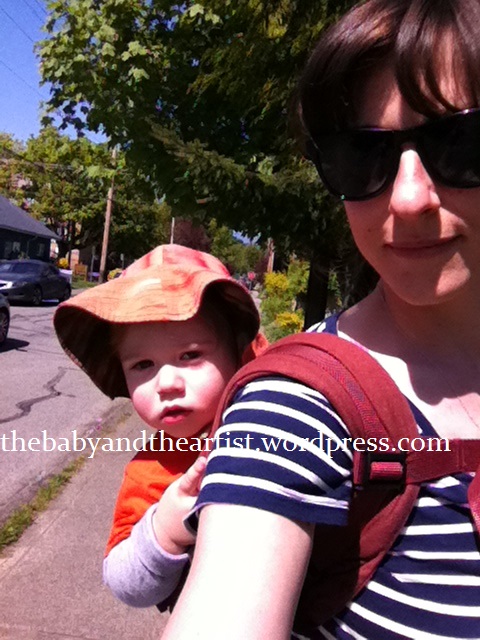 I think this will probably be my last post on EC and perhaps on babywearing (or toddler wearing if you prefer). Now that I can easily wrap little M on my back, I have come to the conclusion that although wraps are great for our longer walks, they are not my preferred carrier. The two reasons for this are: the practice of EC and the use of public transportation.
I think this will probably be my last post on EC and perhaps on babywearing (or toddler wearing if you prefer). Now that I can easily wrap little M on my back, I have come to the conclusion that although wraps are great for our longer walks, they are not my preferred carrier. The two reasons for this are: the practice of EC and the use of public transportation.
When it comes to taking public transit and doing errands, re-wrapping an EC’d baby/toddler multiple times, whilst juggling grocery bags is cumbersome and inefficient. So, for days when I know I will be taking transit and running errands, I always use my soft structured carrier (Ergo). From a minimalist perspective, I think that a sling and soft structured carrier would have been ideal for us from the beginning. However, I have found my wraps to be quite useful especially during those times when my son was teething or needing to be rocked to sleep.
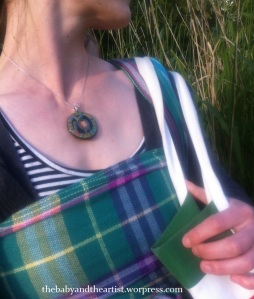 In one of my previous posts about EC (you can read about it here), I wrote briefly on how babywearing can be an excellent way for parents or caregivers to be more in tune with their baby. When I made the shift from part time EC to full time EC, I discovered that my long woven wraps were rather impractical, particularly since I was still learning to wrap. Since I could use my wrap as a sling, I decided that I would make do with my Ergo and use my wraps mainly around the house or for short walks and sometimes a quick excursion to the grocery store.
In one of my previous posts about EC (you can read about it here), I wrote briefly on how babywearing can be an excellent way for parents or caregivers to be more in tune with their baby. When I made the shift from part time EC to full time EC, I discovered that my long woven wraps were rather impractical, particularly since I was still learning to wrap. Since I could use my wrap as a sling, I decided that I would make do with my Ergo and use my wraps mainly around the house or for short walks and sometimes a quick excursion to the grocery store.
In retrospect, I should have purchased a ring sling or a shorter wrap, but at the time I thought that ring slings looked fairly difficult and I did not recognize the advantage of a shorter wrap. For us mothers who do practice EC with our babies, the importance of being able to take one’s baby out of the carrier quickly, especially when they are younger, is key to making EC workable.
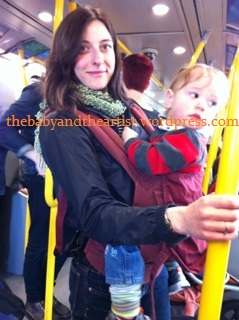 Fast forward to when little M was 17 months old. I had finally purchased my first “shorty” wrap. I unfortunately found many of the one shouldered carries to be fairly uncomfortable. With little M being over thirty pounds, the double hammock rebozo carry (as seen in the above photo) is really only comfortable for the first five minutes. At this point, I will have to both literally and figuratively shelve my shorty wrap.
Fast forward to when little M was 17 months old. I had finally purchased my first “shorty” wrap. I unfortunately found many of the one shouldered carries to be fairly uncomfortable. With little M being over thirty pounds, the double hammock rebozo carry (as seen in the above photo) is really only comfortable for the first five minutes. At this point, I will have to both literally and figuratively shelve my shorty wrap.
The point is, when looking at what type of carrier or wrap, one needs to think about lifestyle firstly and then purchase accordingly. Asking questions such as: do you plan to practice EC or simply [cloth] diaper your baby? Do you take public transit, or own a car or are you part of a car co-op? These kind of questions, as well as connecting with other babywearing mamas can help you determine what type of carrier or wrap is best suited for you and your baby’s needs.
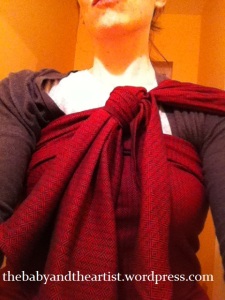
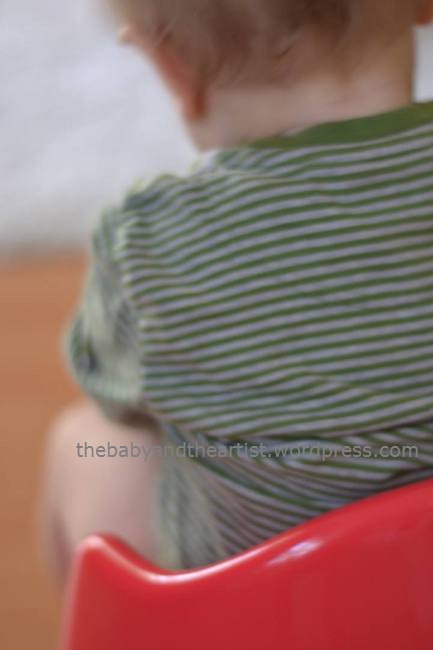
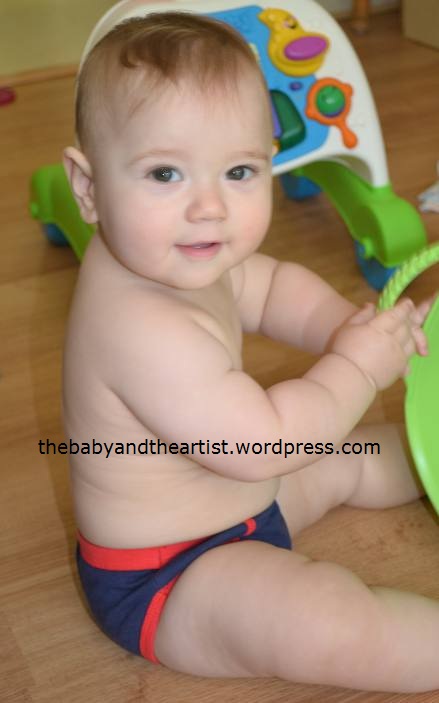
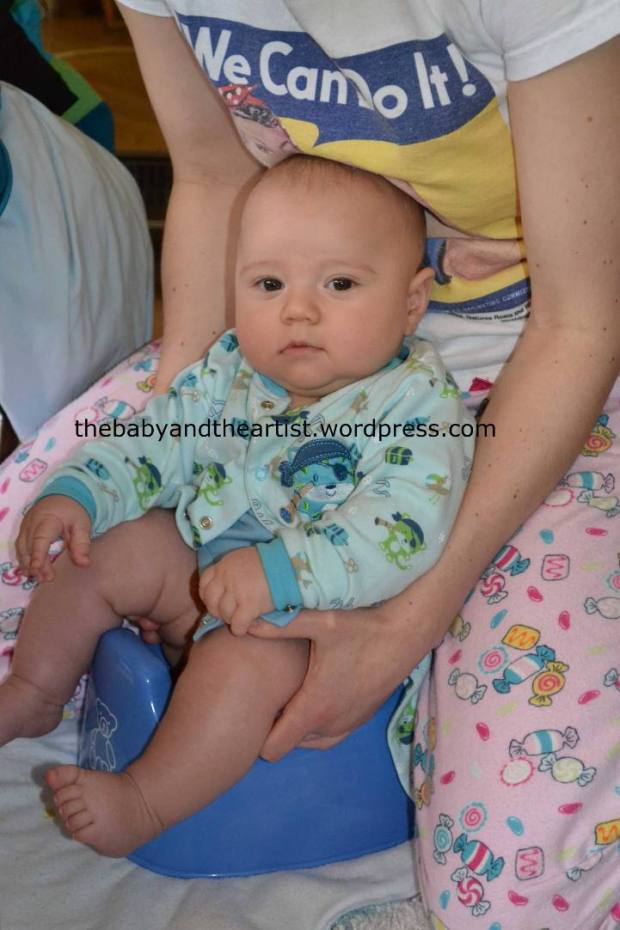 Recently, a lot of people have been asking me about
Recently, a lot of people have been asking me about